Renault amplifies simple driving with Zoe revamp
As one of the most accomplished car manufacturers creating electric everyday cars, Renault has naturally re-introduced their Zoe model with a number of adjustments to make clean driving the natural choice

So quietly, with a minimum of drama, Renault has established itself as one of the most accomplished purveyors of everyday electric cars. It’s done this without the need for ebullient figureheads, stand-alone sub-brands, or even OTT styling (unless you count the eccentric little TWIZY two-seater). At time of writing, the French company’s pure electric range consists of just four models, two of which are commercial vehicles.
The four-door ZOE hatchback is therefore only conventional electric car that Renault makes, although it has a couple of plug-in hybrids (the CLIO and the CAPTUR – apologies for the shouty nomenclature) and some other pure EVs in the pipeline.
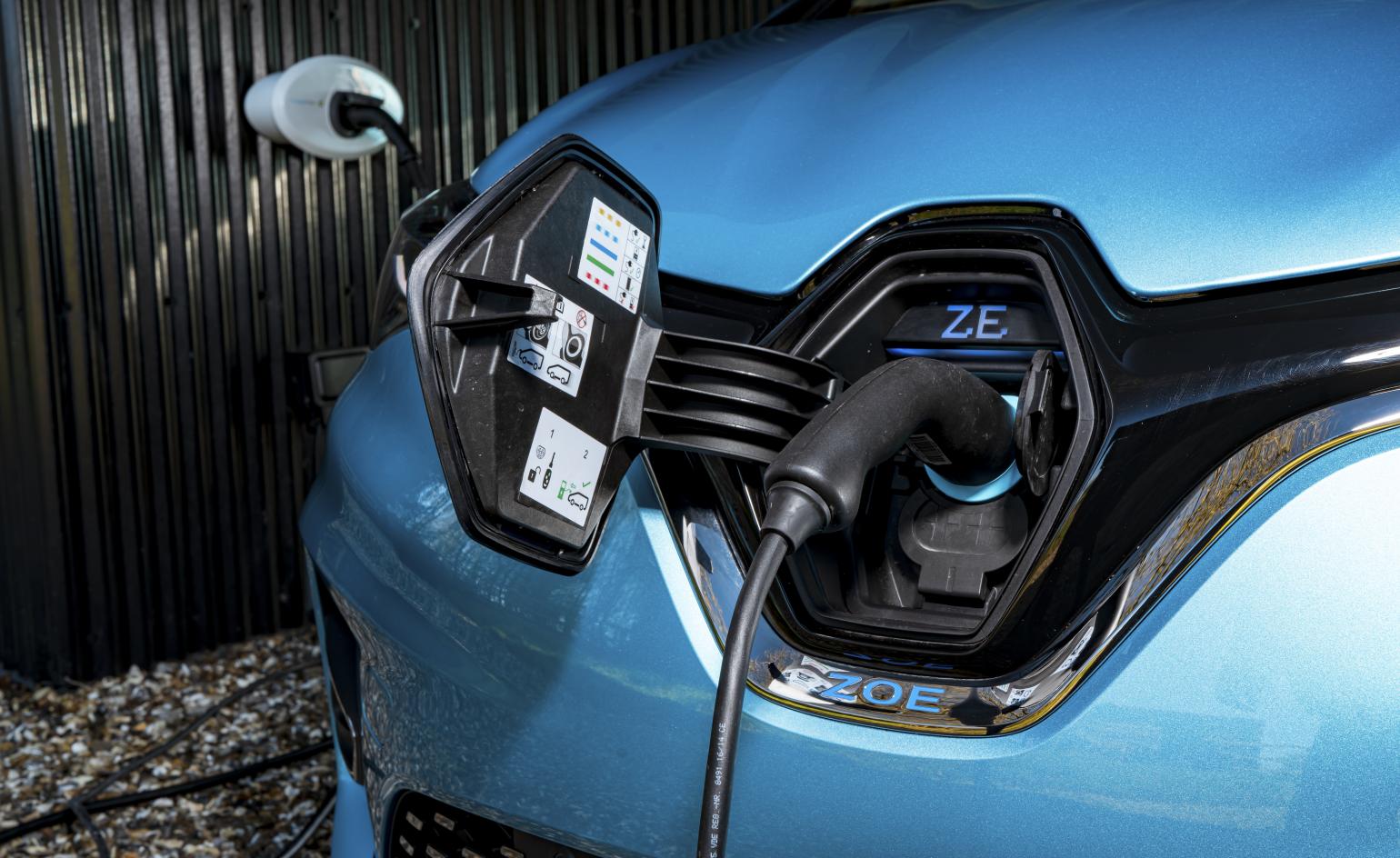
The ZOE sets a very credible standard. Updated and enhanced since its official launch in 2012, the ZOE recently got a battery boost and some other revisions to keep it feeling current. The new ZE 50 model has a range of up to 245 miles, a zippier electric motor and more advanced driver assistance technology, as well as some mild styling tweaks to keep it in line with the rest of the Renault range. The interior is especially improved, with a tablet-style central display improving on the original’s rather toy-like dashboard, as well as wireless phone charging.
Outside, it’s pretty conventional – one of the small number of stealthy EVs that doesn’t broadcast its zero-emissions capabilities and looks pretty much like any other car. That’s great for the cautious consumer who doesn’t want or need to make a statement, but it also keeps all the elements that are fundamentally right about compact car design in place, namely the practicality and function of four doors and a hatchback. There’s a slightly bulbous, jelly mould-type feel to the bodywork, for it’s actually a bit larger than it looks.
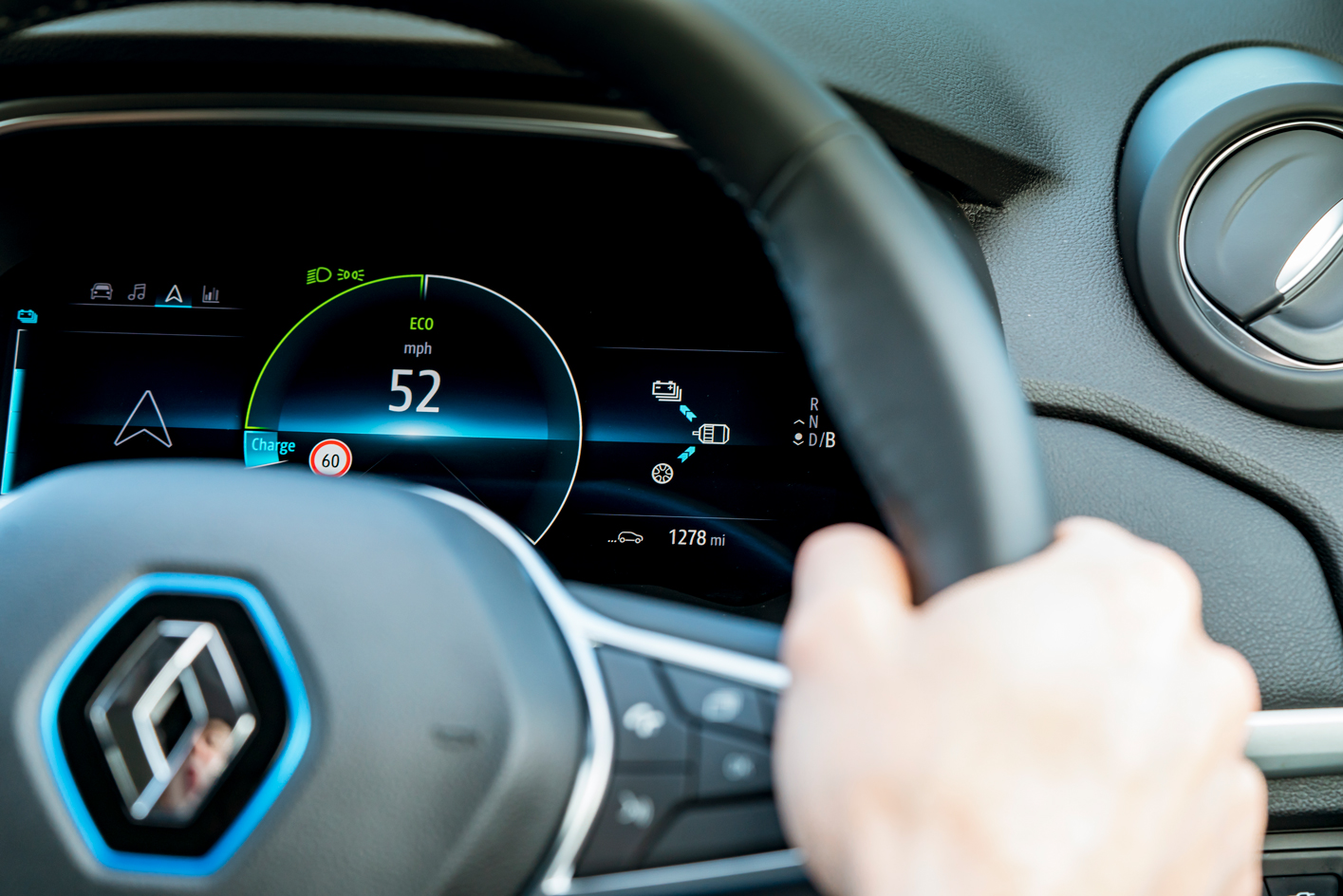
Like almost all electric cars, using the ZOE is simplicity itself, with a special ‘B’ mode that maximises regenerative braking and makes driving a one-pedal affair. It is a substantially smaller car than some of its better-known rivals, which makes it well suited to short urban hops, but there’s still enough juice in reserve for a weekend out of town. At this point electric cars are part of the mainstream and even detractors can’t deny that range is becoming less anxiety inducing. Given the huge role that unassuming French hatchbacks played in popularising the automobile in the second half of the 20th century, it’s heartening to see the diamond badge grace such an effective and likeable driving machine.
INFORMATION
Receive our daily digest of inspiration, escapism and design stories from around the world direct to your inbox.
Jonathan Bell has written for Wallpaper* magazine since 1999, covering everything from architecture and transport design to books, tech and graphic design. He is now the magazine’s Transport and Technology Editor. Jonathan has written and edited 15 books, including Concept Car Design, 21st Century House, and The New Modern House. He is also the host of Wallpaper’s first podcast.
-
 A former fisherman’s cottage in Brittany is transformed by a new timber extension
A former fisherman’s cottage in Brittany is transformed by a new timber extensionParis-based architects A-platz have woven new elements into the stone fabric of this traditional Breton cottage
-
 New York's members-only boom shows no sign of stopping – and it's about to get even more niche
New York's members-only boom shows no sign of stopping – and it's about to get even more nicheFrom bathing clubs to listening bars, gatekeeping is back in a big way. Here's what's driving the wave of exclusivity
-
 The diverse world of Belgian embassy design – 'style and class without exaggeration'
The diverse world of Belgian embassy design – 'style and class without exaggeration''Building for Belgium: Belgian Embassies in a Globalising World' offers a deep dive into the architecture representing the country across the globe – bringing context to diplomatic architecture
-
 Rivian hits Miami Art Week to release R1S Quad Miami Edition, a new colour and a scent
Rivian hits Miami Art Week to release R1S Quad Miami Edition, a new colour and a scentVivid sights and evocative smells are part of Rivian’s quest to humanise its all-electric SUVs
-
 RBW EV brings a much-loved classic sports car aesthetic into the modern era
RBW EV brings a much-loved classic sports car aesthetic into the modern eraThe RBW Roadster and GT hark back to a golden age of sports car design. Under the skin, these British-built machines feature bespoke all-electric running gear
-
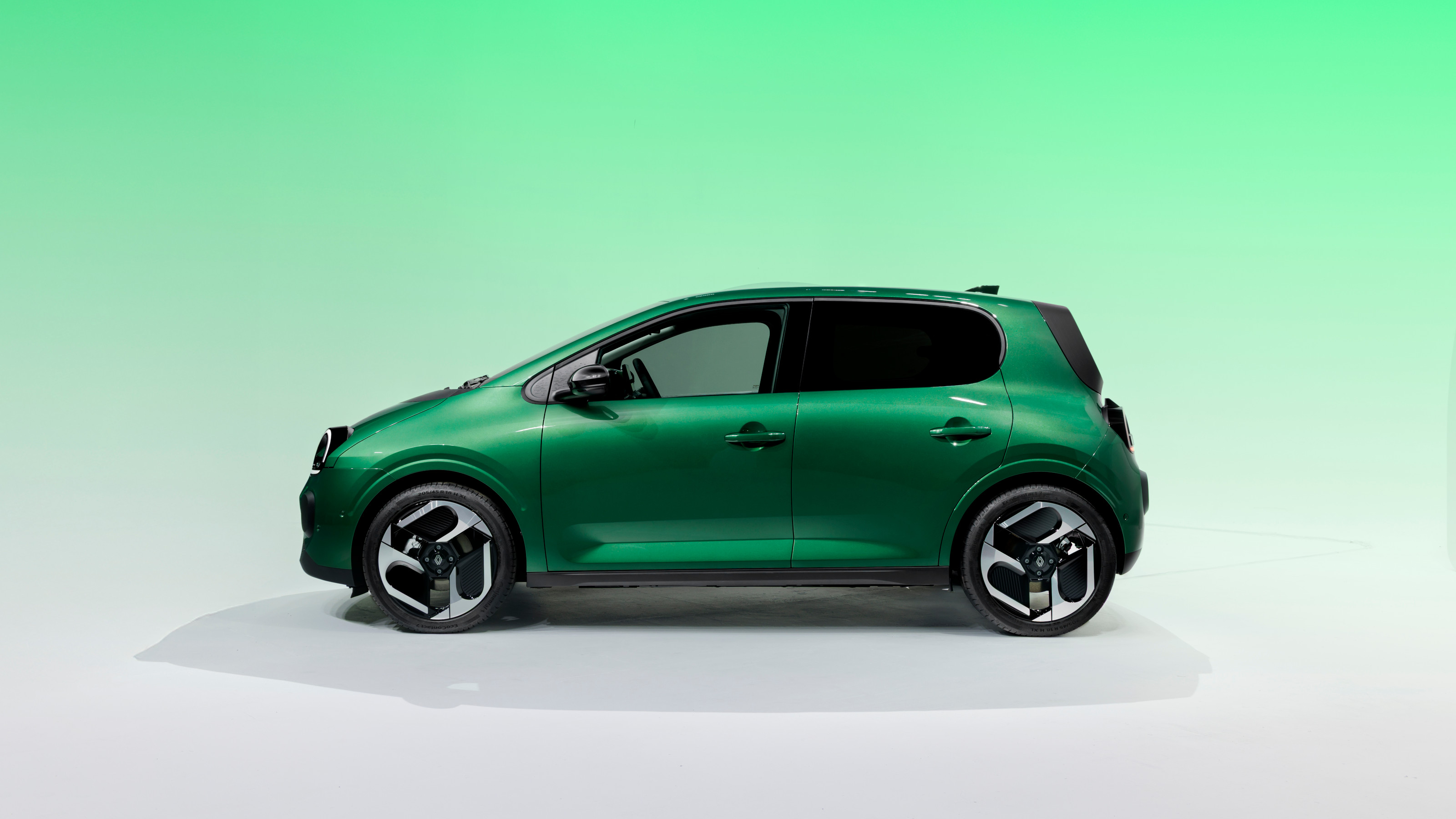 All hail the compact new Renault Twingo E-Tech – the city car is back in style
All hail the compact new Renault Twingo E-Tech – the city car is back in styleRenault continues to pay homage to its heritage by combining it with 21st-century technology. The new Twingo E-Tech is another winner
-
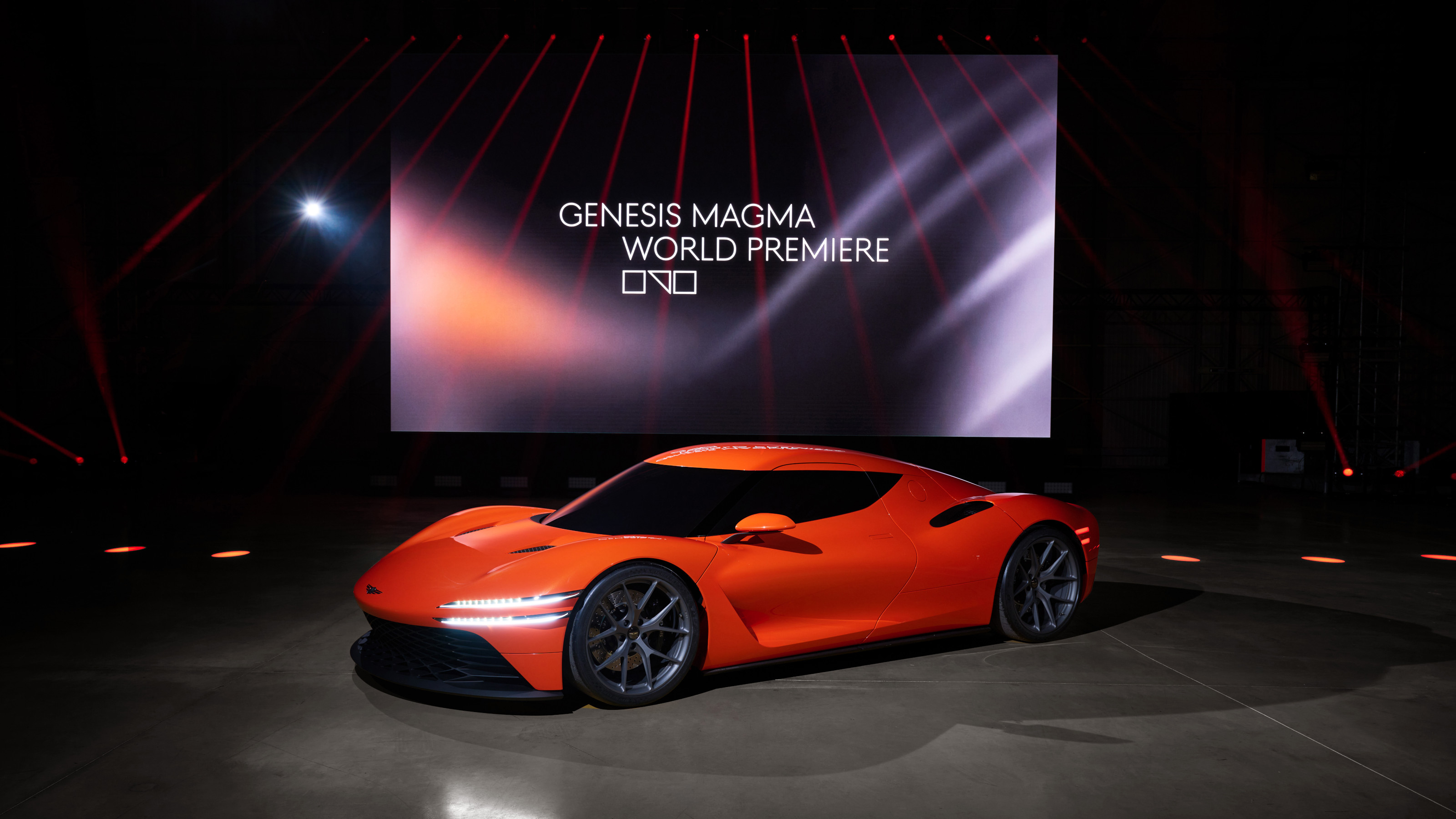 Genesis turns up the heat with its new Magma performance sub-brand
Genesis turns up the heat with its new Magma performance sub-brandGenesis has revealed the hot new GV60 Magma and striking Magma GT Concept in its quest to own luxury performance
-
 Around London in sybaritic silence with the majestic all-electric Lunaz Phantom V
Around London in sybaritic silence with the majestic all-electric Lunaz Phantom VClassic electrifier Lunaz has turned its skilled hands to the Rolls-Royce Phantom V. We sample the ultimate in zero-emission luxury on the streets of London
-
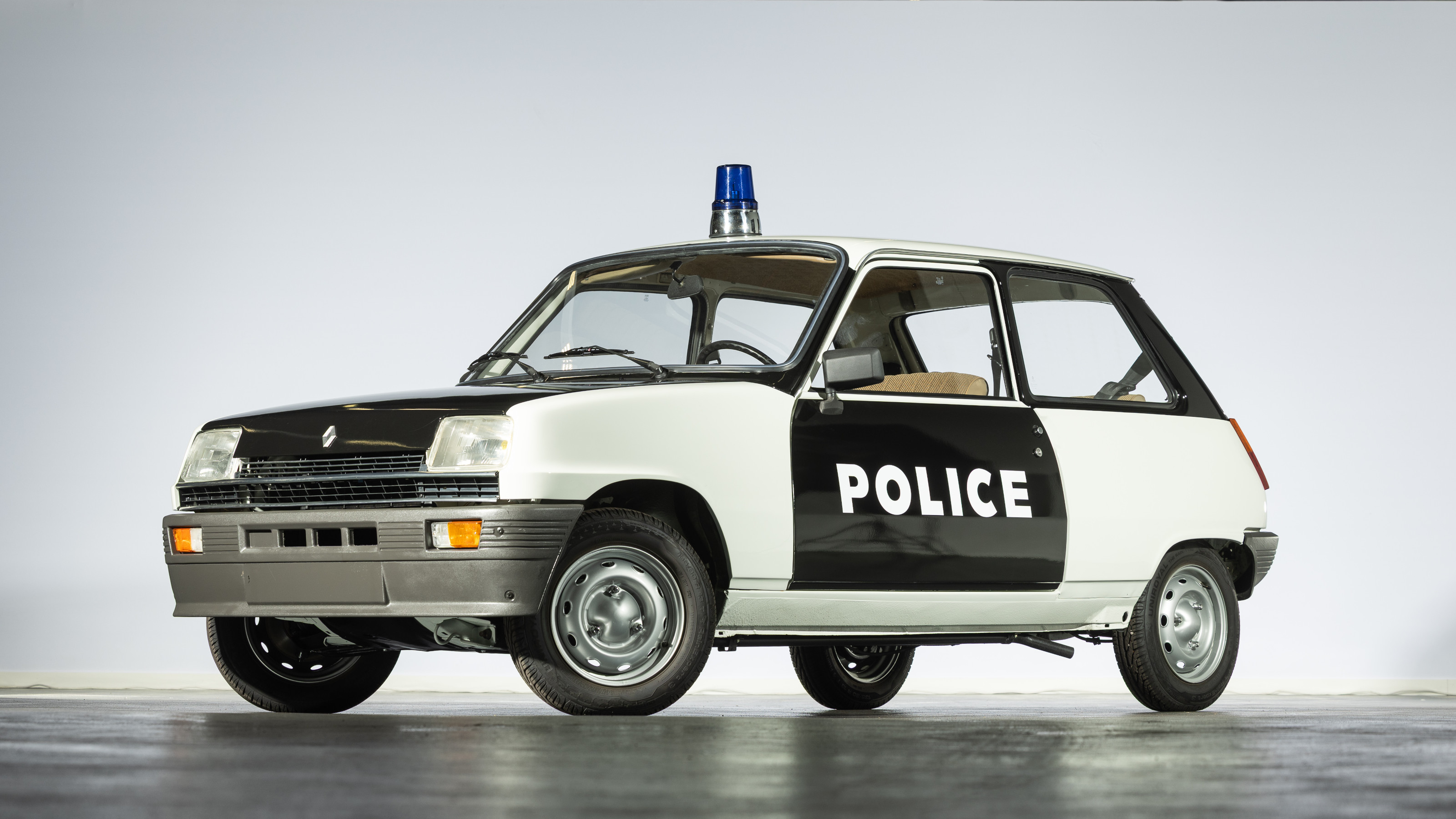 Fancy owning a piece of French automotive history? Bid in The Renault Icons Auction
Fancy owning a piece of French automotive history? Bid in The Renault Icons AuctionRenault is paring back its substantial collection of historic automobiles by auctioning off duplicate models. We present 14 of the finest lots
-
 Avatr Vision Xpectra concept transforms cars into ‘emotionally intelligent companions’
Avatr Vision Xpectra concept transforms cars into ‘emotionally intelligent companions’Revealed in Munich, electric car maker Avatr’s futuristic Vision Xpectra is a car that is not only beautiful, but a true form of ‘emotive luxury’
-
 Dacia wants to make small cars great again – all hail the new Hipster Concept
Dacia wants to make small cars great again – all hail the new Hipster ConceptThe best way to minimise energy use in all its forms is to downsize. The Dacia Hipster Concept is a smart way of making a practical car way more pint-sized